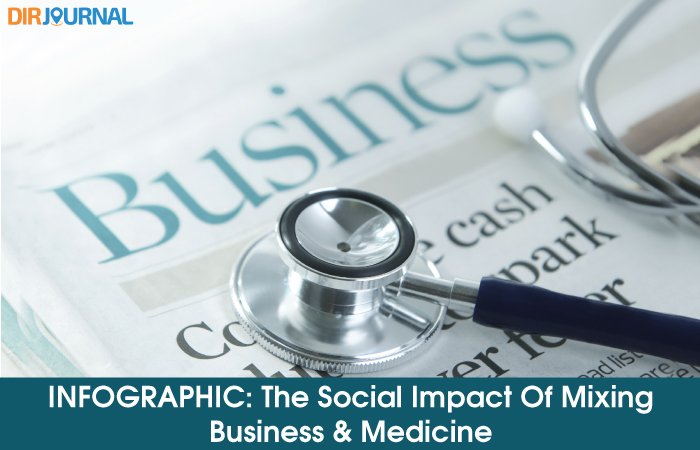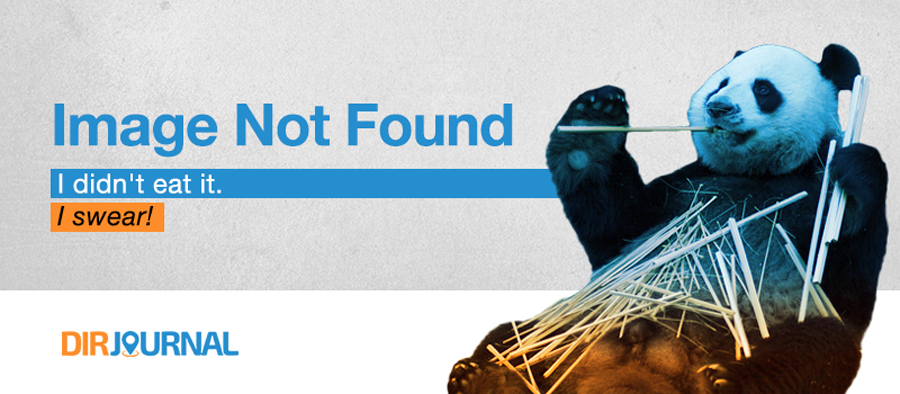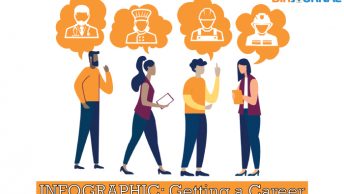As business has become incorporated into health care, costs for life saving medications and treatments have skyrocketed. From 2007 to 2014, a 20% increase in health care spending was seen by Americans across the country and in the U.S., healthcare spending is over 18% of GDP and is still climbing. From 2009 to 2016, the cost of EpiPens rose by 600% – from $100 to $600 and from 2012 to 2016, prices on insulin rose by over $2,750 each year. The cost of care is also rising at an alarming rate. From 2007 to 2014, the cost of hospitalization rose by 42%, hospital-based outpatient costs increased by 25% and the cot of physician visits grew by 6%. These costs are still rising and by 2027, it is estimated that healthcare spending will reach an astounding $6 trillion per year.
Healthcare insurance as a result of all this increased spending has grown to an enormous size. As of 2019, the 5 largest health insurance and pharmacy benefits providers in the U.S. combined brought in $787 billion – more than the $783 billion that the top 5 tech companies have brought in.
The enormous costs of healthcare in the U.S. are causing Americans to stop listening to medical professionals. Americans are 2 to 3 times more likely to ignore medical advice due to cost than Canadians. Avoiding care can cost more than extra money when something inevitably goes wrong – avoiding or delaying care has led to 125,000 avoidable deaths.
Learn more about how the American healthcare system is functioning during COVID-19 and how it will be affected after COVID-19 here.














